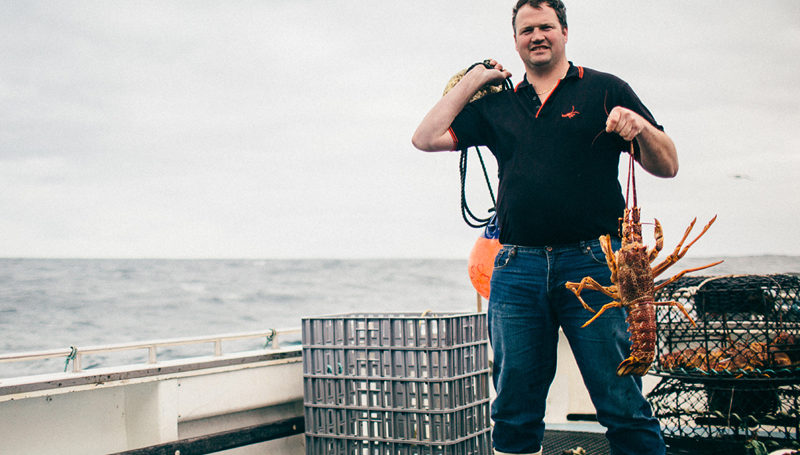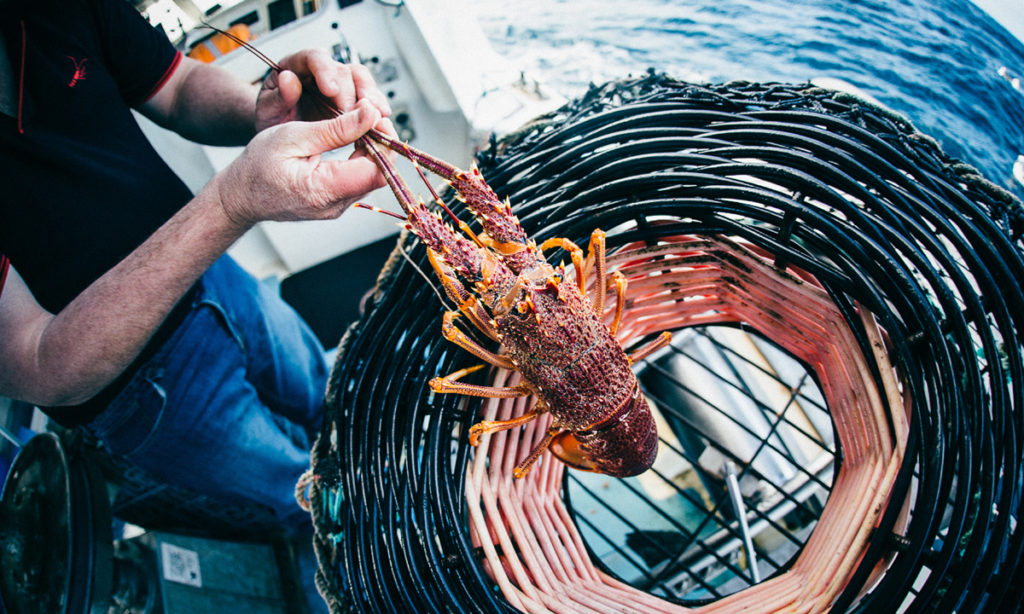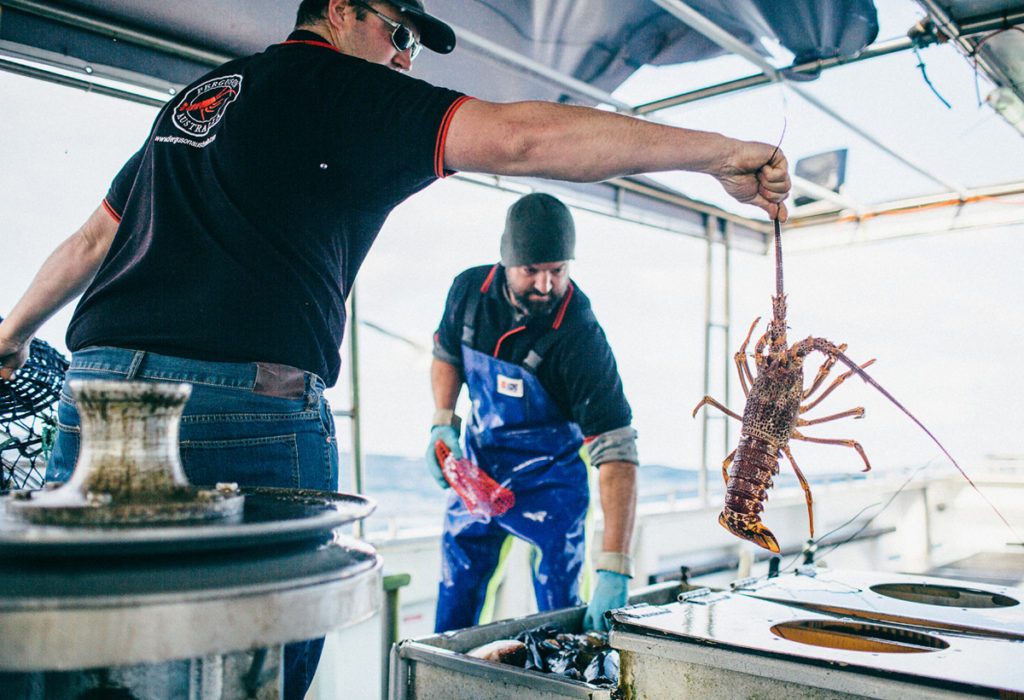Early Australian catches point to strong Southern Rock Lobster season
Primary Industries
Favourable early weather conditions and strong catch rates have Australian Southern Rock Lobster fishermen optimistic about the season ahead.

Sign up to receive notifications about new stories in this category.
Thank you for subscribing to story notifications.

The first live shipments of the South Australian season were airfreighted last week to China, the biggest market for the premium seafood.
The Southern Rock Lobster (Jasus edwardsii) is among the most sought after lobster in the world and is only found in the waters of southern Australia and New Zealand.
Of the 3000 metric tonnes Australia processes commercially each year, about 53 per cent is caught in South Australia, 37 per cent in Tasmania and 10 per cent in Victoria.
The South Australian fishery is split into a southern and northern zone. The southern zone season opened on October 1 while the northern zone begins on November 1 with both fisheries operating until May 31.
South Australian company Ferguson Australia is a major player, processing and marketing about 450 tonnes of Southern Rock Lobster a year. More than 90 per cent of its catch is exported to China with smaller shipments also regularly sent to Malaysia, Singapore, Hong Kong and Taiwan.
Managing director Andrew Ferguson said fine weather in the Southern Zone for first few days of October had delivered a strong start to the season.
“They’ve all been out there and full-on into it so it’s all systems go,” he said.
“The catch rates are as good as last year or even a little bit better, which is amazing to see, but the fishery really looks strong at the moment with plenty of undersized going back and good catch rates all along the coast.”

There are also high hopes for a strong start to the season in the smaller Northern Zone from November 1.
“The Northern Zone should be in a good place this season because we had a very high recruitment – a lot of eggs in the fishery – four years ago so there’s good prospects for this coming season and the catch rates should be quite good,” Ferguson said.
Ferguson Australia buys from fishermen in the southern and northern zones and also operates some of its own boats. Live lobsters are transferred to tanks at its three processing plants where they cooled to 6 or 7C. The cool temperature puts the lobsters into a dormant state and they are packed into chill boxes before being trucked to Melbourne or Adelaide airports and airfreighted to China overnight.
Landing prices for Southern Rock Lobster so far this month have ranged between AU$90 and $130 a kilogram, a price range Ferguson expects to be sustained for most of the season.
The final portion of a 10 per cent tariff on Australian lobsters in China was removed in January as part of the China Australia Free Trade Agreement (CHAFTA), which has also given Australian exporters direct access to the Chinese market.
Ferguson said this had allowed direct access to more Chinese cities including Hangzhou, Dalian, Qingdao.
“Having access to the Chinese market in its raw form is certainly different and has proven challenging logistically in terms of airport clearances and times but it’s definitely good for our business,” he said.

“It is opening up for sure and as we find linkages by air we’re getting more access to airspace that we didn’t have before.
“It’s just getting systems in place to allow a free flow so that we have an expedient supply chain and that’s the challenge for us.”
Commercial Southern Rock Lobster fisheries contribute around $250 million in landed seafood value to the Australian economy each year, mostly from Chinese sales.
Ferguson Australia and other major Southern Rock Lobster exporters are looking for opportunities made possible by CHAFTA to increase margins by finding a more direct route to customers.
Ferguson said understanding the nuances of the various major markets within China was also important.
“All across China you’ve got sectors that prefer different things,” he said.
“The wedding market in Shanghai is probably the biggest market and they take the smaller lobsters and then you’ve got Beijing where banquets take larger lobsters and southern China take medium-sized lobsters.”
Jump to next article



